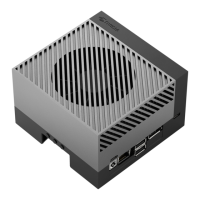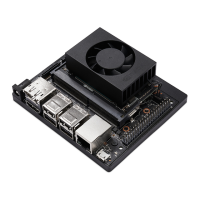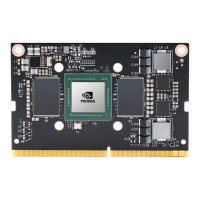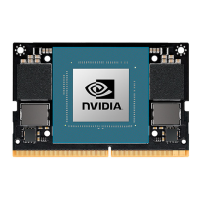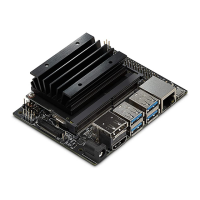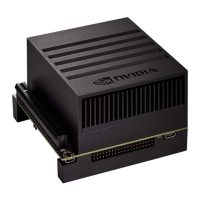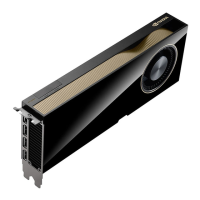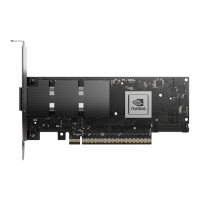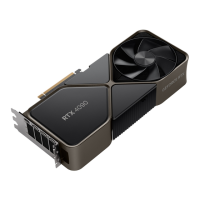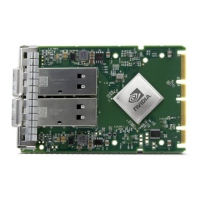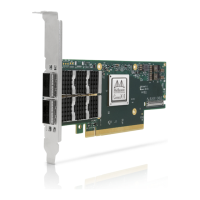Jetson AGX Xavier Series Product DG-09840-001_v2.5 | 139
Chapter 23. USB SS and Wireless
Coexistence
USB SS (USB 3.1/3.2) supports a 5 Gbps (or multiple) signaling rate. The USB SS specification
requires USB SS data to be scrambled and spread-spectrum is required. The noise from the
USB SS data spectrum has been found from around DC to 4 GHz and beyond. This noise can
desensitize nearby receivers operating in the cellular and WiFi 2.4 GHz band. This includes, for
example, WiFi 802.11b/g/n or Bluetooth
®
including Bluetooth mouse devices, Bluetooth
keyboards, and so on. This noise causes:
WiFi sensitivity degradation
Wireless link throughput drop
Wireless operation range degradation.
This chapter is focusing on USB SS, but other high-speed interfaces such as HDMI, DP, and so
on. can also cause issues with wireless subsystems. The issues and recommended mitigation
techniques would be similar.
23.1 Mitigation Techniques
Each design is different due to unique construction and relative location of USB SS circuits and
connectors and receiving antenna. Depending on the level of noise generated, emitted,
radiated, and coupled to receiver antenna, some or all the recommendations might need to be
implemented to limit unwanted noise from radiating from the circuit.
The following mitigation techniques described will help minimize the USB SS de-sense.
INCREASE THE USB SS TO ANTENNA SEPARATION
During the placement phase of the design, care must be taken to identify the noise source and
try to physically increase the separation between the noise source and antenna. One of the
major noise sources is the USB SS connector itself. If possible, the antenna or USB SS
location can be changed to increase physical isolation. In general, doubling the distance
between antenna and noise source, reduces the coupling by around 6 dB.
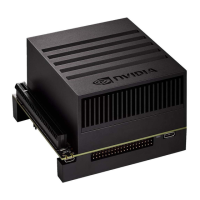
